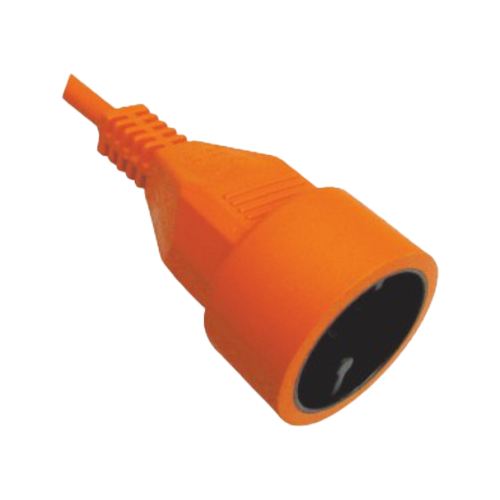There are several common safety hazards associated with European Standard Power Cords, including:
Regular Inspection and Maintenance: Establish a comprehensive maintenance schedule that includes routine inspections of European Standard Power Cords. These inspections should involve a detailed examination of the cord's entire length, from the plug to the appliance or outlet, to identify any signs of wear, damage, or degradation. Utilize specialized tools and equipment, such as insulation resistance testers and thermal imaging cameras, to perform in-depth assessments of electrical integrity and heat distribution. Develop standardized inspection checklists to ensure consistency and thoroughness across all inspections.
Load Management and Overcurrent Protection: Educate users on the importance of load management and overcurrent protection measures to prevent power cord-related hazards. Clearly communicate the load capacity and current ratings of European Standard Power Cords to users, emphasizing the consequences of exceeding these limits. Encourage the use of power distribution devices such as circuit breakers, fuses, and surge protectors to safeguard against overcurrent conditions and voltage spikes. Provide guidance on proper power cord routing and organization to minimize the risk of overheating and electrical fires caused by overloaded circuits. Collaborate with facility managers and electrical engineers to design robust electrical systems that incorporate redundant protection mechanisms and fail-safe features.
Risk Assessment and Mitigation: Conduct thorough risk assessments to identify potential hazards associated with the use of European Standard Power Cords in various environments and applications. Consider factors such as ambient temperature, moisture levels, mechanical stress, and exposure to chemical or abrasive substances when assessing risk levels. Implement targeted control measures to mitigate identified risks, such as using reinforced or shielded power cords in high-temperature or corrosive environments, installing cord covers or ramps to protect against physical damage in heavy traffic areas, and implementing lockout/tagout procedures during maintenance activities to prevent accidental energization. Regularly review and update risk assessments based on changes in operating conditions, equipment configurations, or regulatory requirements.
Emergency Preparedness and Response: Develop comprehensive emergency preparedness and response plans that address potential power cord-related incidents, such as electrical shocks, fires, or equipment failures. Establish clear protocols for responding to emergencies, including procedures for evacuating personnel, isolating affected areas, and contacting emergency services. Conduct regular emergency drills and simulations to test the effectiveness of response plans and familiarize personnel with their roles and responsibilities. Collaborate with local authorities, emergency responders, and regulatory agencies to ensure alignment with external emergency response protocols and requirements.
GZ2-16 Two-core European standard plug rubber extension power cord



 English
English عربى
عربى











